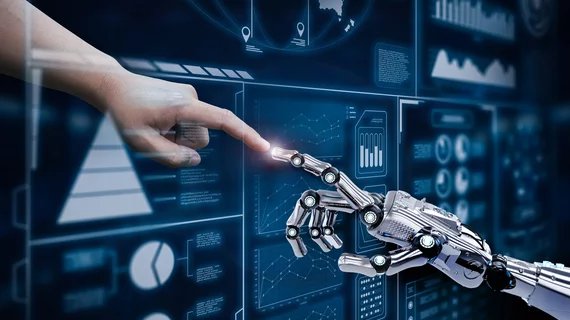AI might improve healthcare for some, not all
AI in healthcare has long been touted as an innovative technology that will accelerate care treatments and even replace some tasks performed by clinicians.
However, all of AI’s saving graces may not affect patient populations equally if the tool “tramples patient privacy rights, overlooks biases and limitations, or fails to deploy services in a way that improves health outcomes for most people,” writes Jeremy Hsu for Smithsonian.com.
So far, AI capabilities are enjoined with human interactions in healthcare. In other words, AI has yet to replace humans in the healthcare system and “AI can’t go it alone,” according to Hsu.
Following AI models blindly, which are lacking general human intelligence, can lead to other risks, especially if a model can’t consider unusual data points. This is especially true of new populations. In addition, the disparities in access to healthcare across the world could be exacerbated by AI, which could either help or make these inequities worse.
See the full story below:

